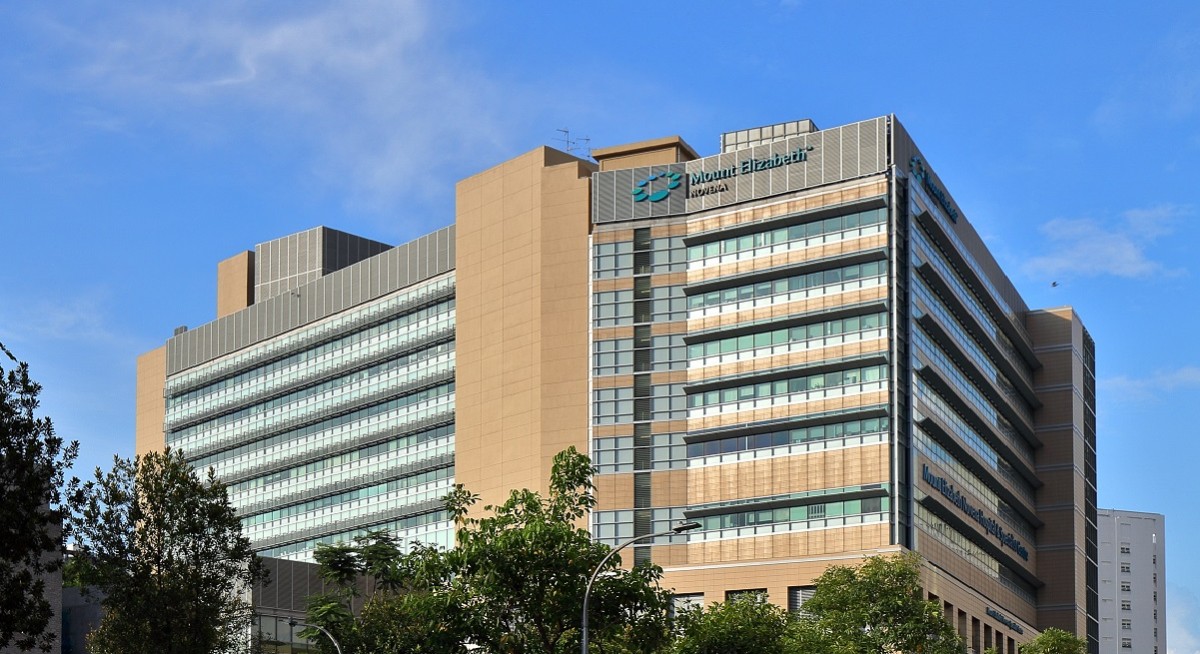As a background, the US Federal Reserve has turned significantly more hawkish than it was in December 2021. It has stated that it intends to start reducing its bond portfolio this year. This is also known as Quantitative tightening or QT. “And what to say of the European Central Bank (ECB) hinting last week that it might cut short its own bond-buying programme in the face of higher inflation?” wonders ING in an update.
The Bank of Japan is further away from tightening policy than the Fed and the ECB but it has also been reducing its bond purchases, ING says. Bloomberg reports that most economists have been expecting a temporary rise in Japanese prices this spring, with technical factors playing a big role. Any upside surprise or sign that those gains aren’t transitory will keep alive speculation that the Bank of Japan could inch back from its ultra-easy policies, especially as a global wave of monetary tightening puts pressure on domestic bond yields, Bloomberg indicates.
PLife REIT’s exposure in Japan accounts for around 40% of net property income and assets, although this is likely to fall when its renewed master lease for the Singapore hospitals kicks in this year. PLife REIT hedges its income from Japan and since Japanese rates are lower than local rates, it usually announces realised gains from its hedging policy.
Technically, PLife REIT formed a dragonfly-like doji, which suggests some sort of temporary low. That has set the stage for a rebound. On the flip side, PLife REIT fell below its 200-day moving average at $4.69 on Feb 7. This is clearly a negative signal. In the weeks ahead, PLife REIT may have established support at $4.50. On the other hand, it is unlikely to rise above $4.70 during any rebound phase.
See also: Manulife US REIT warns of ‘risk of liquidation’ should EGM resolutions fail
The other REIT that has been impacted by rising risk-free rates, but which could have established a temporary low is Keppel DC REIT. Its unit price has been in a downtrend for the better part of a year. Prices reached a low point at $2.14 on Jan 31. This may be the low point of the downtrend. Once again, any attempt at a recovery is likely to materialise in fits and starts. Initially, resistance appears at a breakdown level of $2.30. Following a test of this level, prices are likely to ease, to form a base. Overall, S-REITs are unlikely to stage a sustained recovery in the short-term. But once inflationary pressures recede in the second half of the year and bond yields ease, S-REITs could experience a Tina or “there is no alternative” rally.




